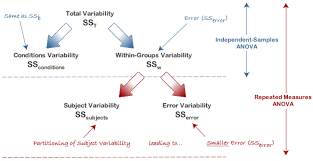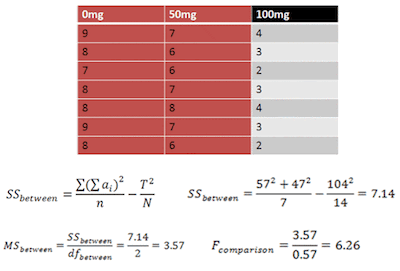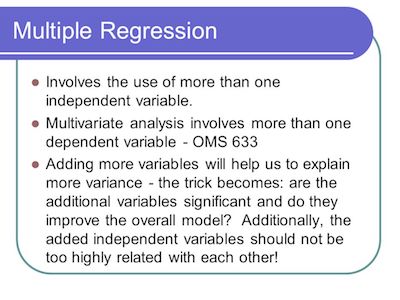When you are looking to running repeated measures ANOVA, then you probably already know that you have two different options. The traditional approach consists of treating it as a multivariate test-each response that is considered a separate variable. The other way is to use a mixed model.
Looking to calculate the z score?
Notice that while the multivariate approach is quite intuitive as well as it is easy to run, there are benefits of running repeated measures ANOVA as a mixed model.
5 Benefits Of Running Repeated Measures ANOVA As A Mixed Model

#1: Missing Data:
The reality is that when you are using the default approach, you will see that you will need to drop any observation with any missing data on any variable that is involved in the analysis.
So, when the percentage that is missing is small and the missing data are a random sample of the data set, this is a more reasonable approach.
On the other hand, when you are using the multivariate approach, if a child is missing at one point, they will be dropped from the entire analysis. In the mixed approach, only that time point will be dropped. The rest of the data will be retained.
Understanding the Z score, Z table, and Z transformations.
#2: Post Hoc Tests:

As you probably already know, the sums of squares are calculated using a multivariate approach. So, post-hoc tests aren’t available for repeated measures factors. While they are available, they are only available when you are using a mixed approach.
#3: Flexibility in Treating Time As Continuous:
Depending on the study that you are conducting, instead of considering time as 4 categories, you can treat time as a continuous variable to be more accurate. Ultimately, this will allow you to model a regression line for time instead of simply estimating 4 means.
While this isn’t possible in the multivariate approach, it is very easy to achieve in the mixed approach.
#4: A Single Dependent Variable Can Be Used In Other Analysis:

Let’s say that you have a two-factor (2X4) repeated measures design and that you want to study whether the impact of these 2 factors on an outcome was mediated by a third variable.
Each subject has 8 values of the mediator (one for each of the conditions) and 8 values on the final outcome. The truth is that the mediator is both an outcome and a predictor variable in 2 different models. So, you need to have a single outcome variable and not 8 to ensure that you have a single path coefficient between the mediator and the outcome.
These are the most common probability distributions.
#5: Easier To Build Into Larger Mixed Models:
In some cases or in some studies that you may need to conduct, you may be required to change a two to a three model. And this is simpler when the model is already set up as a mixed model.
Bottom Line
As you can see, running repeated measures ANOVA as a mixed model has many different benefits. However, it pays to be careful since you may not be able to apply it to all your studies.
